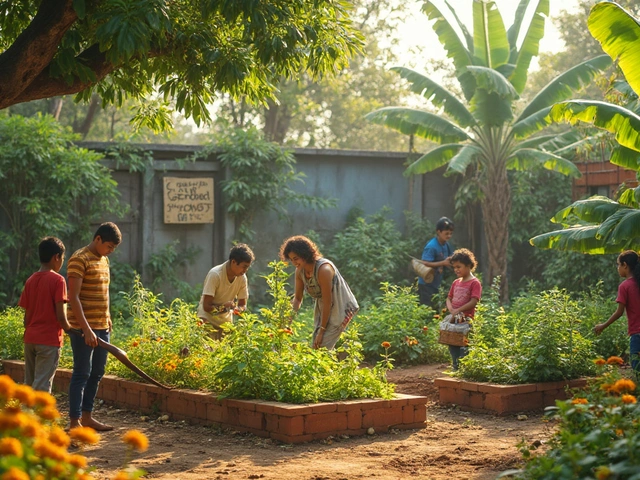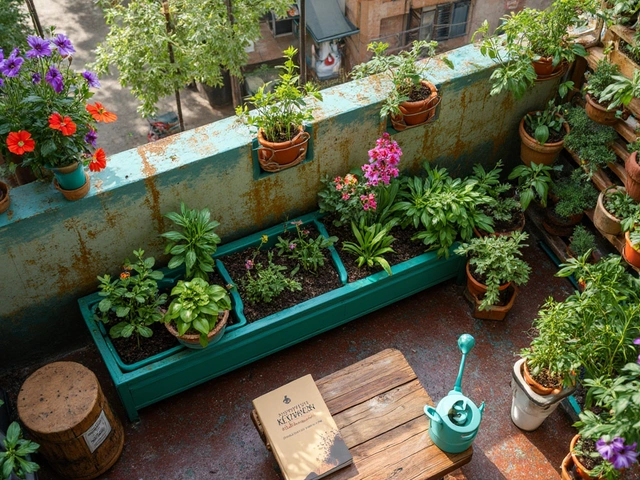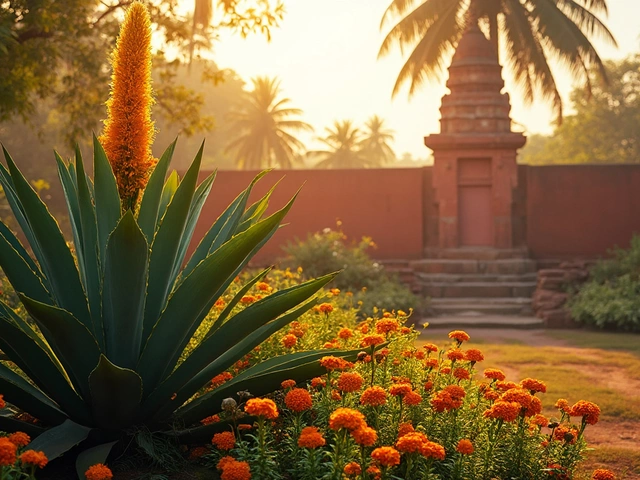Best Vegetables to Grow in India – Your Quick Guide
Want a garden that puts fresh produce on your plate all year? The trick is picking veggies that love your local weather, soil, and water routine. Below you’ll find the most forgiving and rewarding vegetables for Indian gardens, plus simple steps to get them off the ground.
Choosing the Right Vegetables for Your Region
India’s climate ranges from hot deserts to cool hills, so a one‑size‑fits‑all list won’t work. In the north, where winters can drop below 10°C, go for cold‑tolerant crops like carrot, spinach, and broccoli. In the south and east, where it stays warm most of the year, tomato, ladyfinger (okra), and ridge gourd thrive.
Soil type matters too. Sandy loam drains fast – great for carrots and radish. Clay holds water – perfect for tomatoes and beans, as long as you add organic matter to improve texture. If you’re not sure, a quick test with a handful of soil and water will tell you if it’s more sand, silt, or clay.
Simple Steps to Get Started
1. Pick a sunny spot. Most vegetables need at least 6 hours of direct sunlight. If you only get 4‑5 hours, stick to leafy greens like spinach that tolerate partial shade.
2. Prepare the bed. Loosen the top 15 cm of soil, mix in 2–3 kg of well‑rotted compost per square meter, and water gently. This gives roots a soft start and improves water retention.
3. Sow or transplant. Direct‑seed quick growers (radish, carrot, mustard) straight into the bed. For longer‑season crops (tomato, broccoli) start seedlings in trays 3–4 weeks before the ideal planting date and transplant once they have 2 true leaves.
4. Space correctly. Overcrowding chokes airflow and invites disease. Follow these quick rules: tomatoes – 45 cm apart, okra – 30 cm apart, carrots – 5 cm apart, spinach – 20 cm apart.
5. Water wisely. Keep soil evenly moist but not soggy. Early morning watering reduces evaporation and leaf‑wetness that can cause fungal spots. If you have a drip kit, set it at 1–2 L per hour per plant.
6. Feed once a month. A balanced NPK fertilizer (10‑10‑10) at half the recommended dose works for most veggies. For organic lovers, a tablespoon of neem cake or bone meal per plant is a safe bet.
7. Watch for pests. In Indian gardens, aphids, whiteflies, and caterpillars are common. A quick spray of neem oil or a handful of crushed neem leaves can keep them in check without chemicals.
Here are the top five veggies you can grow almost anywhere in India:
- Tomato – loves heat, needs staking, harvest when fruit is fully red.
- Okra (Ladyfinger) – thrives in hot, dry conditions; pick pods at 5‑7 cm for tenderness.
- Spinach – fast‑growing, tolerates partial shade; sow every 2 weeks for a continuous supply.
- Carrot – prefers loose, sandy soil; thin seedlings to 5 cm spacing for straight roots.
- Broccoli – cool‑season star; start seeds early and protect young heads from heat with shade cloth.
Mix and match these based on what you eat most. A garden that supplies fresh salad leaves, a side of stir‑fried okra, and a handful of tomatoes will keep your meals colorful and healthy.
Ready to plant? Grab a spade, some compost, and your favorite seeds. Within weeks you’ll see greens popping up, and soon enough you’ll be harvesting straight from the garden to the kitchen. Happy growing!

Which Vegetable Farming is Profitable in India? Your Practical Guide
Wondering which vegetable farming pays off in India? This article breaks down the most profitable vegetables, explains what makes them a smart choice, and shares tips from real farmers who’ve seen success. You’ll discover market trends, risks, and quick tricks to boost earnings. Whether you have one acre or ten, you’ll find ideas here to help you start, scale, or rethink your farming strategy. Get ready to turn your kitchen garden—or big farm—into a cash crop powerhouse.
About
Vegetable Gardening
Latest Posts


What Is the Golden Rule of Bonsai? Explained
By Alden Thorne Oct 10, 2025

How Much Space Do You Need for a Kitchen Garden?
By Alden Thorne Mar 7, 2025

What Plant Only Blooms Every 100 Years? Exploring the Legendary Century Flowers
By Alden Thorne Apr 22, 2025
